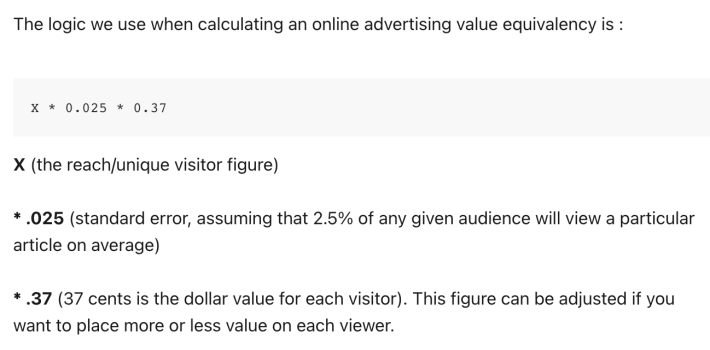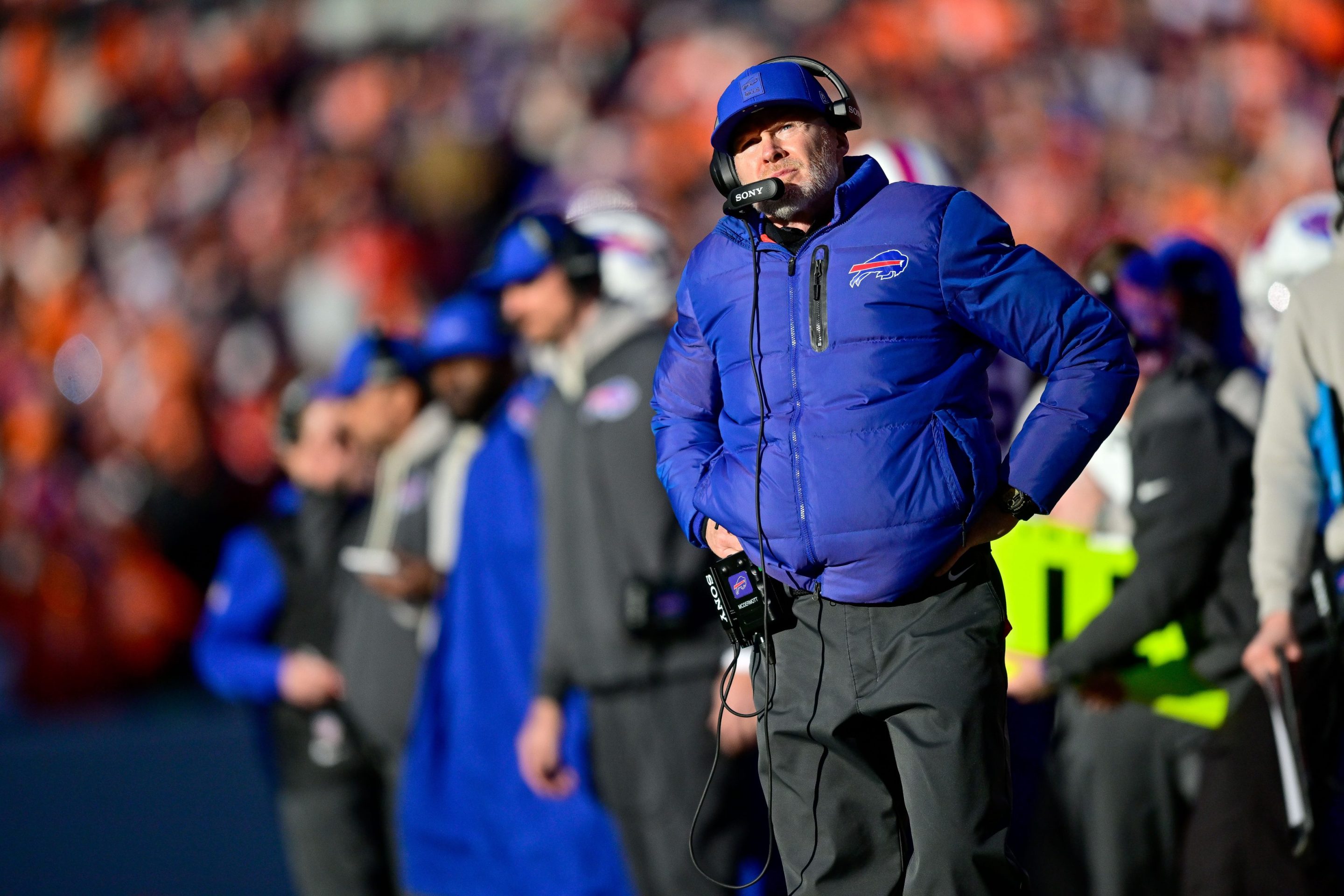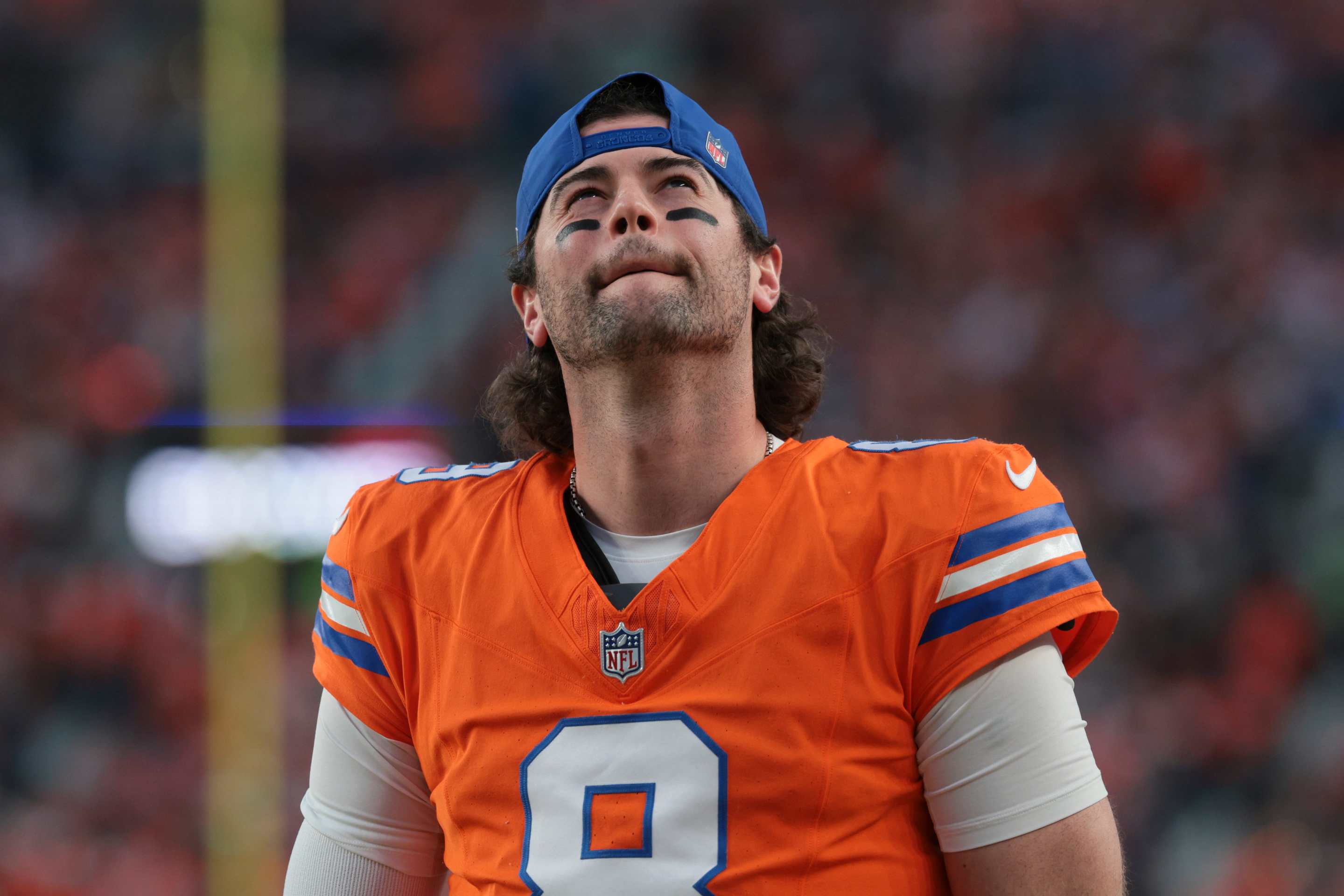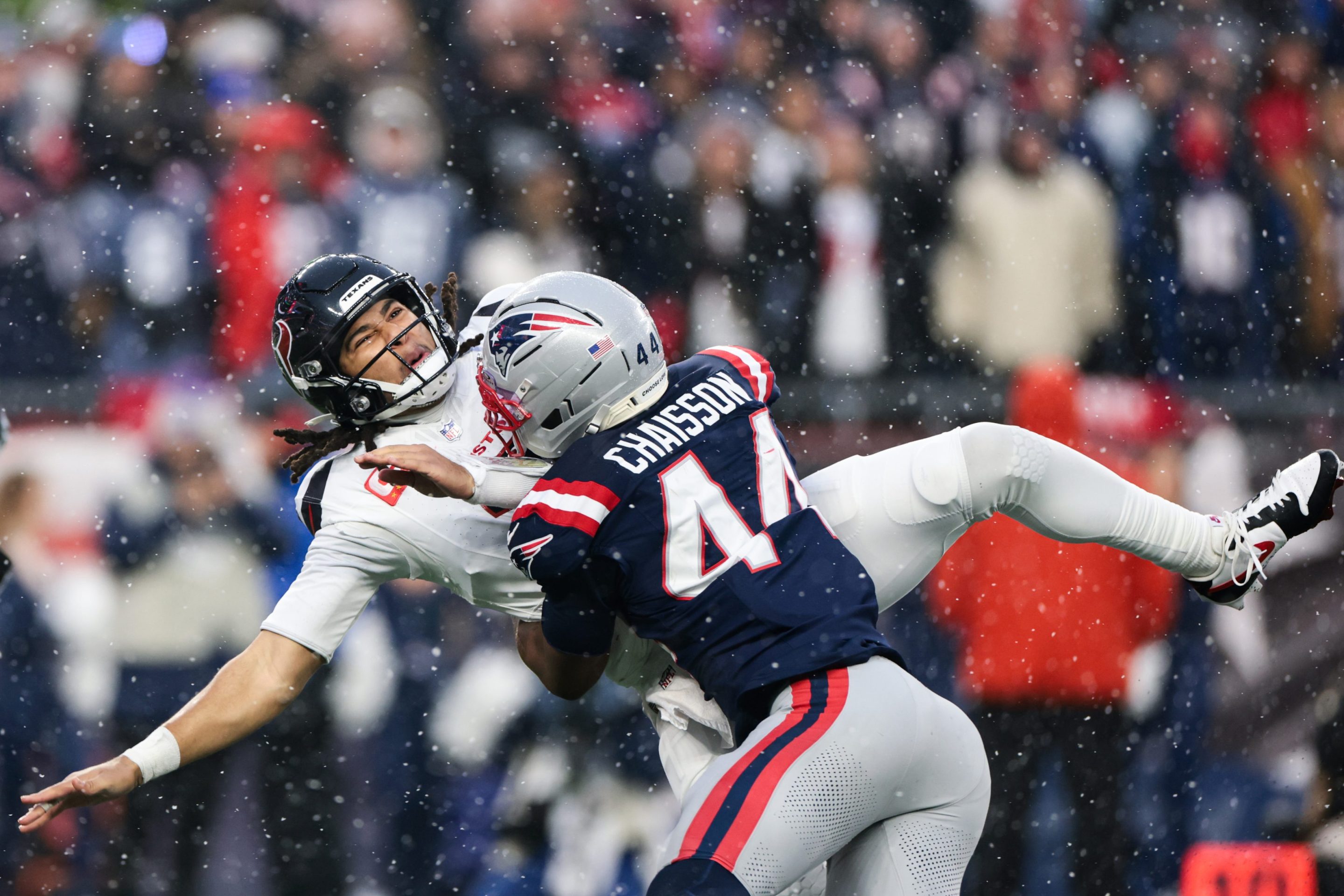When Southern Methodist University agreed to join Cal and Stanford in a move to the Atlantic Coast Conference earlier this month, it was the final step in a long journey back from the football “death penalty” the NCAA handed down in 1987. SMU, once a power, restarted football in 1989 and didn’t play in a bowl game for 30 years. When the Southwest Conference dissolved after the 1995–96 season season, SMU joined the Western Athletic Conference and was out of big-time football for decades. It will be back next year, in the ACC.
SMU sponsors 16 other varsity sports, but football is the moneymaker and the reason for the move. The conference’s contract with ESPN pays the league more if it expands, but four schools (Florida State, Clemson, North Carolina, NC State) voted against the invitation. They believed the new TV money would not be enough to offset the new division of revenue with three more schools. Stanford and Cal agreed to forego some TV money. SMU agreed to forfeit nine years of media-rights money. NC State flipped, so here comes SMU.
A power-conference move, especially to one that will require far-flung travel for games, is going to cost a lot of money. But the move to big-time football has, so far, apparently been profitable for SMU. Yesterday, the school announced that it had received pledges for $100 million from alumni in the week after the announcement. This comes on the heels of a $50 million commitment from the Garry Weber Foundation for a $100 million “end zone complex.” In yesterday’s release, the school cited “generous early commitments from a group of 30 donors” as the reason for the new huge number.
And, indeed, interest in SMU does seem to be up. Some of this is on pretty solid ground: The school says hundreds of new football season ticket packages have been sold, and men’s basketball season ticket sales have gone up by 30 percent.
Other numbers are more opaque:
Notably, the move has immediately raised SMU’s profile, with media coverage of the move generating more than $163 million in advertising value in the first three days. In that same small window, SMU also experienced a 103% increase in visitors to its undergraduate admissions homepage.
I immediately wanted to learn more about that $163 million in “advertising value” over the first three days of September. The metric for earned media mentions is usually called advertising value equivalency, or AVE. There is no standard metric for calculating it, which is helpful for the firms that sell their calculations. Sometimes, it’s pretty straightforward: A newspaper article is worth the same amount as an ad of the same size. A 30-second mention on TV is worth the same as a 30-second ad. The value is calculated by estimating the number of people who viewed the mention. But sometimes articles and TV spots are deemed to be worth more, perhaps three or even five times what an ad is worth. Sometimes there is a little more math:

However it is calculated, companies and marketing firms release these numbers all the time. In 2018, Apex Marketing claimed Nike’s Colin Kaepernick ad campaign was worth $163.5 million in media mentions—a cool half-million dollars more than SMU received. CNBC reported that “$49.1 million of Nike’s brand exposure was negative, $48.8 million was neutral and $65.6 million was positive.” Though it would’ve had to deal with some negative (and neutral) publicity, SMU could’ve saved itself a lot of time if it had just hired Kaepernick!
AVE is not the most popular metric in the ad world anymore, or perhaps ever. Really, it’s not very popular anywhere. “The Quora community seems pretty united that AVE lacks any real integrity as a metric,” Ian Edwards posted on that site. Carl Bialik, then at the Wall Street Journal, wrote about the discourse surrounding AVE in 2011. David Rockland, then a director at marketing firm Ketchum, said some of the attention in news reports might be negative. David Michaelson told the WSJ that he and a co-author found, in an experiment with a fake positive article and a fake advertisement, that articles were no more effective than ads in building brand value.
The International Association for Measurement and Evaluation of Communication (AMEC) and the Chartered Institute of Public Relations (CIPR) have rejected the metric. AMEC even has a page headlined: “The Definitive Guide: Why AVES are invalid.”
But that will not stop me from using this kind of measure to compare one spunky little company, Defector Media, with the might and power of SMU Mustangs football. Sure, SMU may have raised $100 million in a week, with 30 donors named. But Defector Media raised $50,000 from 1,550 subscribers in our David Roth cardboard cutout sweepstakes. Yes, $50,000 is less than $100 million ... but that's only by the metric of "dollars made." Defector Media has about 40,000 subscribers. That’s roughly 13,333 subscribers per year of existence. SMU says it has 126,695 alums. It was founded in 1911. Doing some calculations with our proprietary formula, that’s roughly 1,131 alumni for each year of school's existence. When Defector hits its 112-year mark, it should have about 1,493,296 subscribers. If 40,000 subscribers gave us $50,000, 1.5 million subscribers would give us $1,875,000 for the David Roth cardboard cutout sweepstakes in 2132. Well, huh. That’s still much less than 100 million. But let me see if I can figure out if we got more earned media than SMU.
Defector readers love David Roth. But even moreso they love Devin the Defector Dugong, who began his life as our mixed-reality mascot in 2021. They were excited when Devin became our Chief Metaverse Officer and were enthralled by our mixed-reality commercial featuring Devin. They loved when we pulled back the curtain and showed the extensive process that led to Devin’s hiring. They are so enraptured with Devin that the controversy surrounding him—that his tail means he is actually a manatee—has not become a real issue. Devin is uncancelable.
When we launched Devin merchandise, it was not just something simple. We revolutionized the t-shirt space by bringing a metaverse t-shirt to the real world. The Devin tee—buy it here!—is the first metaverse project made flesh (or, well, cotton). It’s like a metaverse item you can actually wear in public when you go out!
Readers went wild. In the 82 days since the t-shirt launch, we have sold 119 Devin t-shirts to 118 customers for $3,595.82 in net sales. Forget the sales numbers, which have made Defector a nice chunk of change (despite printing at a union co-op on t-shirts made in America, which eats into our bottom line a little). There are 119 people out there wearing Devin shirts. Think of the impressions Defector gained!
Naturally everyone who purchased a Devin t-shirt would want to wear it as often as possible. I will estimate conservatively that it is worn once a week; undoubtedly some superfans wear their Devin shirt every day. It’s been almost 12 weeks since our Devin t-shirt launch; let’s again be conservative and say each shirt has been worn 10 times since purchasing, because the number 10 is easier to do math with. That means we’ve received 1,190 t-shirt wears (TSW) since the launch. A post on Quora by DreamGenius says that “recent research by the University of Oxford suggests that the average person passes by around 1,000 people a day.” And no doubt Devin fans are an active, attractive bunch, who go out and meet lots more people than your average person. I assume every Devin t-shirt wearer passes 10,000 people a day. Multiply that by 10 wears, and you get 100,000. Then multiply that by 119 t-shirts.
That’s 11,900,000 people who have seen the Devin the Dugong t-shirt (a metric we’ll call dugong earned brand awareness via t-shirts, or DEBAVIATS). Let’s this time round up to 12 million. How much is a view of a t-shirt worth to Defector’s brand value? Let’s say that each Devin t-shirt has been viewed for 10 minutes by the nearly 12 million people who have seen it—again, Devin fans attract attention for their good looks and sartorial judgment. That’s 120,000,000 minutes of Devin exposure in just the last 82 days. Using a 3x multiplier of a t-shirt being worth more than an ad, it’s easy to see that Devin the Defector Dugong has made $360,000,000 in advertising value equivalency since Defector launched him on a shirt. Eat that, SMU.
Clearly, this number is real, just like the time the Washington football team said 7.8 billion people watched its training-camp coverage. Will there be more Devin merch, more expansions into new fields using the Devin brand? Of course there will be. When we do so, I can only imagine Defector will continue on its SMU-like trajectory.






